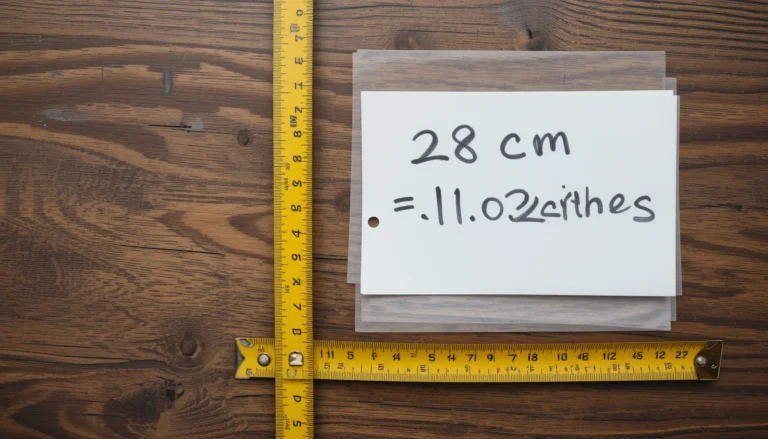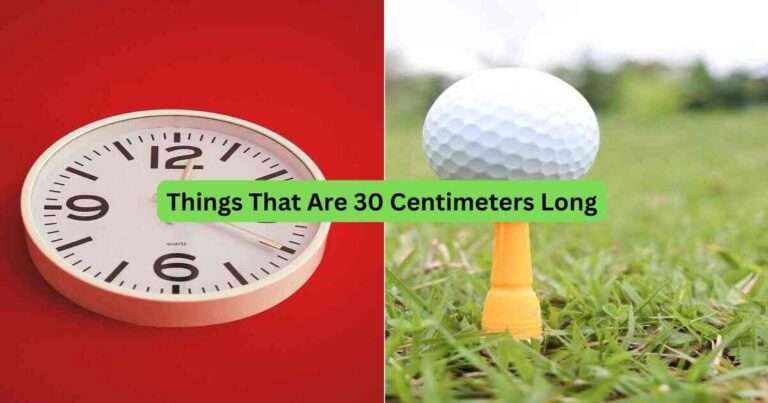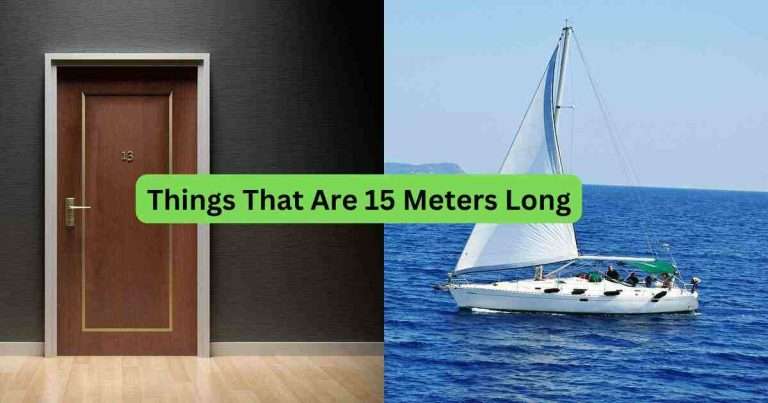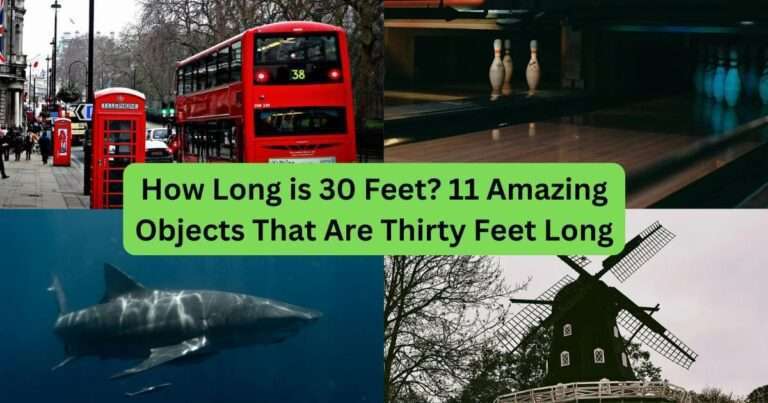Understanding vehicle size differences is essential for urban planners designing roads, parking spaces, and transportation networks. Cars and buses serve unique roles—while compact vehicles fit well in crowded urban areas, larger buses are better suited to carrying more passengers over longer routes. This distinction plays a significant role in ensuring road safety and managing braking distances and crash dynamics.
Vehicle size directly impacts how smoothly different modes of transport navigate roads and use parking spaces. Smaller cars offer more agility and convenience in tight spaces, making them practical for urban commuting. In contrast, buses with a larger turning radius and bulkier designs need dedicated lanes and specific parking spots to operate efficiently.
Explanation of Vehicle Dimensions and Measurement
Vehicle dimensions are typically measured in three primary ways: length, width, and height. A standard car generally measures about 14 to 17 feet in length, around 6 feet in width, and roughly 5 feet in height.
The length affects how easily a vehicle can maneuver, while the width determines its ability to fit comfortably within standard road lanes and parking spaces. This measurement is taken from the outer edges of the vehicle’s body, excluding side mirrors, impacting how many vehicles can fit side by side on narrow roads.
Similarly, the height is measured from the ground to the top of the vehicle’s roof. Taller vehicles may have restrictions, such as clearance in garages, underpasses, and tunnels, which are critical for ensuring safe navigation.
Weight as an Important Metric
The weight of a vehicle also plays a vital role in its performance and environmental impact. A standard car typically weighs between 2,500 to 4,000 pounds (1,130 to 1,800 kg), depending on its type—be it a compact, sedan, or SUV.
In contrast, buses like city and school types weigh significantly more, ranging from 20,000 to 30,000 pounds (9,000 to 13,600 kg). This difference affects fuel consumption since heavier vehicles require more energy to accelerate.
While buses consume more fuel per mile, they efficiently carry more passengers, which reduces the overall environmental impact on a per-passenger basis. Optimizing public transportation systems to carry many passengers, planners can help minimize road congestion and pollution, allowing individuals to make more informed decisions based on their specific transportation needs.
Standard Cars Dimensions Explained

What Defines a Standard Car?
Standard cars are vehicles designed for personal transportation and meeting specific size and functionality criteria. There are often three main categories: compact cars, sedans, and SUVs (Sport Utility Vehicles).
Compact Cars: These are smaller vehicles designed for efficiency and maneuverability. They generally have a shorter length, making them ideal for urban driving and parking. Typical compact cars, like the Honda Civic or Toyota Corolla, focus on fuel efficiency and affordability.
Sedans: Sedans are mid-sized vehicles that offer more space than compact cars. They usually feature four doors and a separate trunk compartment, balancing passenger comfort and cargo capacity. Popular sedans include the Toyota Camry and Honda Accord.
SUVs: Sport Utility Vehicles are more significant and designed for versatility. They often have higher ground clearance, allowing off-road capabilities, and typically accommodate more passengers. SUVs like the Ford Explorer or Honda CR-V combine passenger and cargo space, appealing to families or outdoor enthusiasts.
The classification as a standard car often depends on the vehicle’s dimensions, intended use, and design characteristics, allowing consumers to choose based on their needs and lifestyle preferences.
Average Dimensions of Cars
Understanding the average dimensions of different car types is crucial for practical applications like parking, driving, and storage. Here’s a breakdown of compact cars, sedans, and SUV dimensions:
Length:
- Compact Cars: Usually range from 13.5 to 14.5 feet (4.1 to 4.4 meters).
- Sedans: Typically measure between 14.5 to 16 feet (4.4 to 4.9 meters).
- SUVs: Generally have a length of 15 to 18 feet (4.6 to 5.5 meters), depending on whether compact or full-sized.
Width:
Most standard cars range from 5.5 to 6.5 feet (1.7 to 2.0 meters). Compact cars are often on the narrower end, while SUVs tend to be more comprehensive, providing more stability.
Height:
- Compact Cars: Average height is about 4.5 to 5 feet (1.37 to 1.52 meters).
- Sedans: Usually stand at around 4.5 to 5.5 feet (1.37 to 1.68 meters).
- SUVs: Range from 5 to 6.5 feet (1.52 to 1.98 meters), with taller models offering additional headroom and cargo space.
These average dimensions play a critical role in determining a vehicle’s functionality and suitability for different driving environments, making it essential for consumers to understand these factors when selecting a car.
Buses Dimensions Explained

Different Types of Buses and Their Sizes
Buses come in various types, each designed for specific purposes and passenger capacities. Here are three common types of buses, along with their standard dimensions:
City Buses:
City buses are designed for urban public transportation. They are typically shorter to navigate through narrow city streets.
- Length: Ranges from 30 to 40 feet (9.1 to 12.2 meters).
- Width: Generally about 8 feet (2.4 meters).
- Height: Approximately 10 to 12 feet (3.0 to 3.7 meters).
- Passenger Capacity: Can carry between 30 to 70 passengers depending on seating arrangements.
School Buses:
School buses are designed explicitly for transporting students. They have safety features and seating arrangements tailored for children.
- Length: Typically ranges from 20 to 40 feet (6.1 to 12.2 meters).
- Width: Generally around 8 feet (2.4 meters).
- Height: Usually about 10 to 12 feet (3.0 to 3.7 meters).
- Passenger Capacity: Usually accommodates between 50 to 72 students, depending on the seating configuration.
Coach Buses:
Coach buses are larger, luxury vehicles used for long-distance travel. They offer amenities like reclining seats, restrooms, and air conditioning.
- Length: Ranges from 35 to 45 feet (10.7 to 13.7 meters).
- Width: Typically about 8.5 feet (2.6 meters).
- Height: Usually around 11 to 13 feet (3.4 to 4.0 meters).
- Passenger Capacity: Can carry between 40 to 60 passengers comfortably.
Standard Dimensions for Each Type
Below is a summarized view of the standard dimensions and their passenger capacities, which can inform decisions regarding road design and enhance public transportation efficiency.
1. City Bus: This type typically measures 30 to 40 feet in length, 8 feet in width, and 10 to 12 feet in height. It can accommodate 30 to 70 passengers, making it suitable for urban routes where frequent stops are necessary.
2. School Bus: This type is 20 to 40 feet long and designed to carry 50 to 72 students. Its dimensions are tailored for safety and accessibility, ensuring students can board and exit safely.
3. Coach Bus: This type usually spans 35 to 45 feet in length, 8.5 feet in width, and 11 to 13 feet in height. With a passenger capacity of 40 to 60, it is ideal for longer trips and provides comfort and space for travelers.
These dimensions are vital in ensuring that safety regulations are met and buses can efficiently accommodate varying transportation needs.
The Size Difference Between a Car and a Bus
How Many Cars Fit Inside a Bus?
One of the most engaging ways to understand the size difference between a car and a bus is to visualize how many compact cars can fit within the space occupied by a bus. Let’s consider a standard compact car and a typical city bus for this comparison.
- Dimensions of a Compact Car:
- Length: Approximately 14 feet (4.3 meters)
- Width: About 5.5 feet (1.7 meters)
- Height: Roughly 5 feet (1.5 meters)
- Dimensions of a City Bus:
- Length: Around 40 feet (12.2 meters)
- Width: Approximately 8 feet (2.4 meters)
- Height: About 12 feet (3.7 meters)
Comparison Calculation
To find out how many compact cars can fit inside a bus’s dimensions, we can look at the bus’s length and width:
- Length Comparison:
- A 40-foot bus can fit approximately 2.86 compact cars in length (40 ft / 14 ft = 2.86).
- Width Comparison:
- An 8-foot wide bus can fit about 1.45 compact cars in width (8 ft / 5.5 ft = 1.45).
Total Fit Calculation
Multiplying the number of cars that fit lengthwise by the number that fit widthwise gives us:
Total Cars Fit: 2.86 × 1.45 ≈ 4 compact cars (rounding down for practical space considerations).
This fun comparison shows that roughly four compact cars could fit side by side within the length and width of a typical city bus.
Side-by-Side Comparison
A side-by-side comparison using diagrams or infographics can effectively illustrate these size differences. Here’s how this can be represented:
1. Length Visualization: Create a visual showing the 40-foot bus next to four compact cars, each measuring 14 feet long. This would demonstrate how the bus’s length accommodates multiple vehicles.
2. Width Visualization: Display a width comparison with the 8-foot bus alongside a compact car, illustrating how the bus’s width is proportionate to the car’s size.
3. Height Comparison: Include a vertical comparison that shows the height difference between the 12-foot bus and the 5-foot compact car. This will highlight how taller the bus is relative to the car.
Using these diagrams or infographics provides a clear and engaging way for readers to visualize the significant differences in size between cars and buses, reinforcing the understanding of vehicle dimensions in transportation. If you enjoy exploring
dimensions or you are a dimension lover, then start reading the detailed World Dimension Explorer blog post.
Read This >> How Large is Earth in Kilometers and Miles? Explore Earth’s Dimension
Conclusion
Comparing the dimensions of a standard car to a bus reveals that size plays a significant role in urban transportation. Typically 14 to 17 feet in length and 6 feet in width, cars offer a maneuverability advantage in crowded urban areas. Their smaller dimensions allow for greater agility, making them suitable for navigating narrow roads and finding parking in tight spaces.
On the other hand, buses, with lengths between 20 to 45 feet and widths around 8 to 8.5 feet, are designed to accommodate significantly more passengers. Their larger size serves a vital function in public transportation systems, allowing a single bus to replace multiple cars on the road, thereby reducing congestion and emissions.
By recognizing the importance of vehicle dimensions, stakeholders can make informed decisions that balance the need for private transport with the benefits of public transportation. This contributes to smooth traffic flow and enhanced road safety for all users.
Frequently Asked Questions
1. How long standard car compared to a bus in dimension?
A standard car typically measures between 13.5 and 18 feet long, depending on the type (compact, sedan, or SUV). In contrast, a city bus usually measures 30 to 40 feet long. This means a bus can be nearly twice the length of a standard car.
2. What’s the average height of a bus compared to a car?
The average height of a compact car is about 5 feet, while a typical bus ranges from 10 to 12 feet tall. This significant height difference affects vehicles’ navigation of underpasses, bridges, and parking structures.
3. What is the impact of vehicle size on road safety?
Larger vehicles, like buses, can have different safety dynamics, including longer stopping distances and a greater potential for rollover accidents. Understanding size differences is crucial for safe urban planning and traffic management.
4. Are there regulations regarding the size of buses on the road?
Yes, there are specific regulations regarding vehicle sizes, including length, width, and height, which vary by location. These regulations ensure buses can safely navigate roads and bridges and fit within designated lanes.











